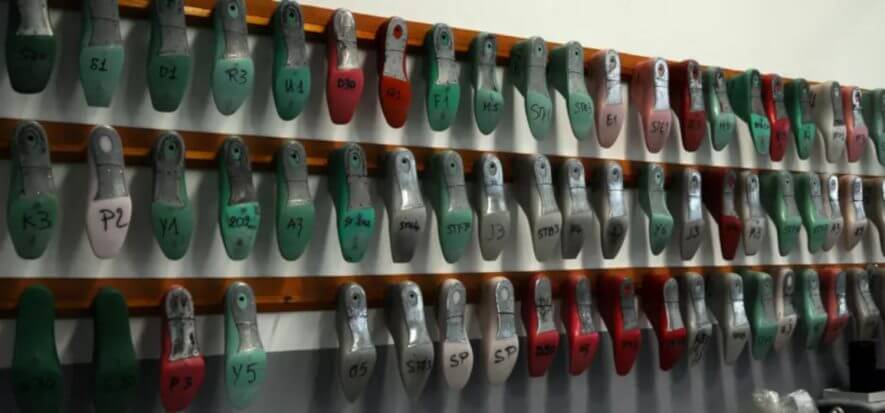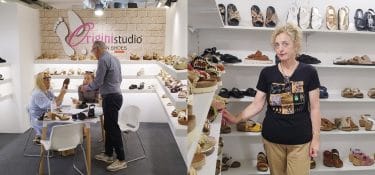Between 2019 and 2024, the Marche region has lost 4,415 jobs across the footwear and leather goods sectors — equating to an 18.5% decline in employment, the highest percentage drop in Italy. In the Marche region, the fashion industry’s ongoing crisis adds to a long list of negative events. Which ones? The earthquake, the collapse of a key regional bank, and the Russia–Ukraine war — the latter having a more severe impact here than elsewhere. And there are fears that things could get even worse.
4,415 jobs already lost
“The first quarter of 2025 has been extremely tough. With no real prospects, more seasoned entrepreneurs prefer to shut down rather than risk going into debt just to stay afloat or invest. There are still businesses operating — sadly, only a few — and they are the only ones managing to meet financial commitments made during the COVID period”, explains Michele Mercuri, head of Bella Shoes in Porto Sant’Elpidio (Fermo). “Those who remain active are also picking up orders that once went to companies now closed. But the end result is a weakened supply chain”. Mercuri, a member of the local board of CNA Federmoda, believes that businesses employing 15–25 staff are the most at risk.
Why? Because they face the same bureaucratic burdens as larger firms, without the same resources. According to Gianni Gallucci (Gallucci Shoes and President of the Young Entrepreneurs Group at Confindustria Fermo), reliance on wage support schemes (unemployment benefits) remains high. Solidarity contracts are being signed in efforts to avoid redundancies. “Even orders for the upcoming winter season are down”, he notes. “Retailers still have stock left over from last season, so they’re placing small orders — just enough to refresh their shop floors”.
Generational turnover
The Marche district is also grappling with an ageing workforce and business base. “Many employees have retired and haven’t been replaced. Several business owners have shut down shop, and there’s been no generational handover”, says Mercuri. Gallucci agrees: “The sector is no longer appealing to young entrepreneurs, as it requires significant upfront investment”. He also points out that, compared to other Italian districts, the Marche one has a high concentration of companies relying on their own brand. “These businesses need to be protected — or we risk losing them altogether”.
Leather goods
Paolo Mattiozzi, of the leather goods company Studio Immagine in Porto Sant’Elpidio, is worried about the summer period. How many firms will be able to reopen in September? “We’re all waiting for the system to restart — but in my view, it won’t. It’s been reset. When it does restart, it will be with different numbers and different demands”, he says. According to Mattiozzi, many leather goods makers have focused on prototype development services, while others have sought out new clients or bet on supply chain transparency. “Everyone’s looking for ways to survive while waiting for orders to come in”, he concludes.
Archive photo
Read also:











